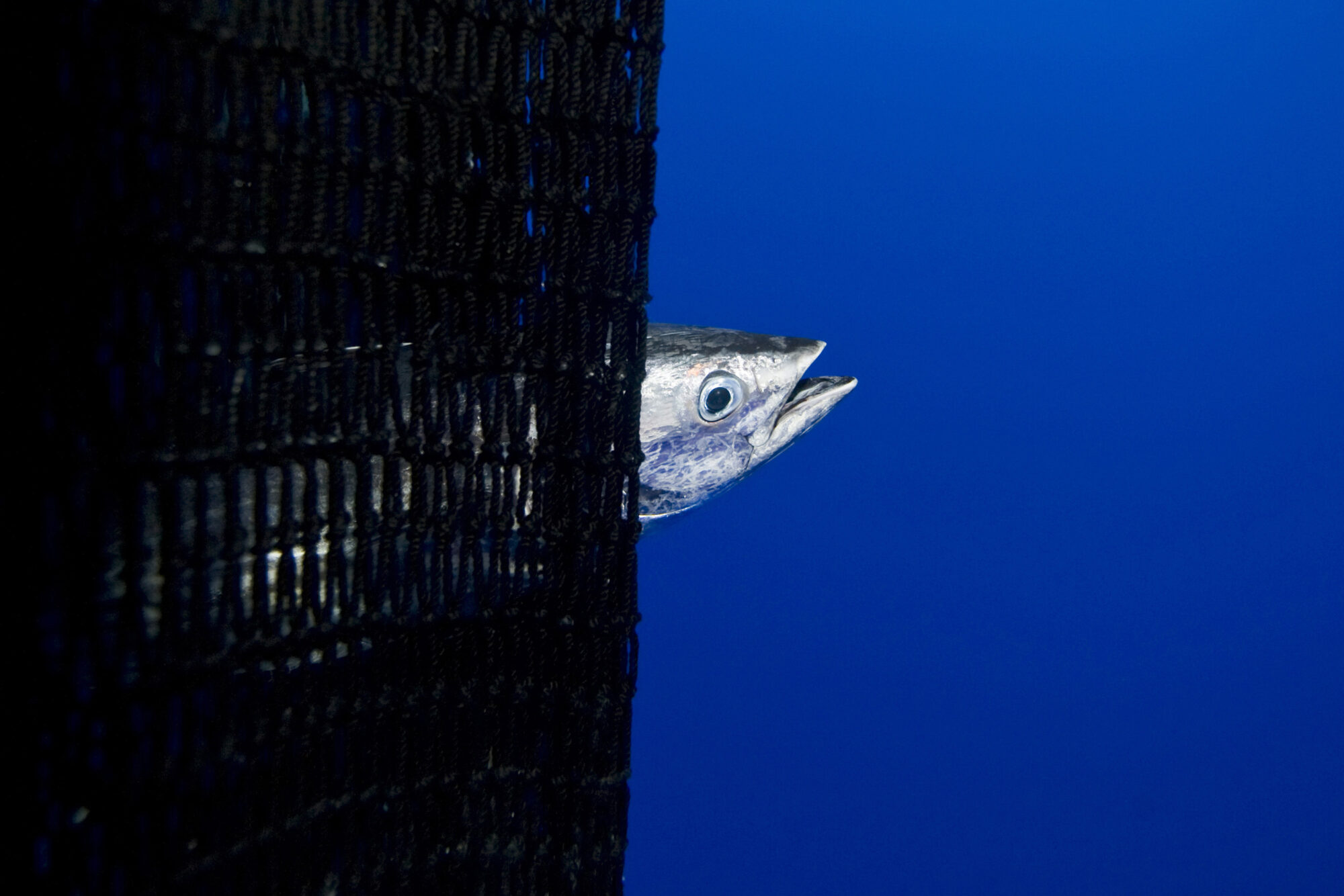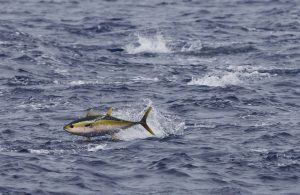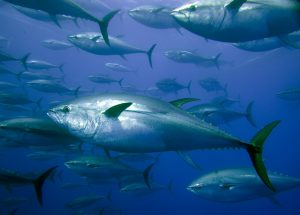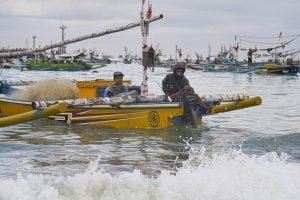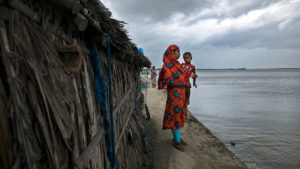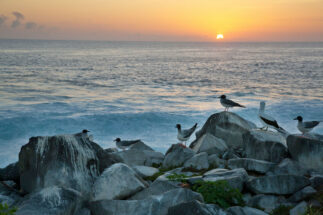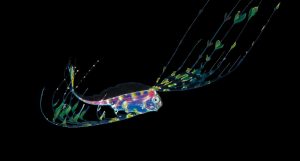Tuna is one of the most well-known and popular commercial fish species in the world. Commercial tuna fisheries contribute an estimated US$40 billion to the global economy and support numerous coastal communities. But tuna also represents a sustainable management conundrum: its high value means that politics often interferes with the science on which we rely to ensure these fish remain abundant for future generations. The short-term economic gains being made come at the expense of long-term, and constant, gains for all.
In the Western and Central Pacific Ocean, an opportunity to secure a long-term sustainable future – not just for tuna but also the communities that depend on the fishery – is slipping through the net.
Managing four key tuna stocks in the region – skipjack, albacore, yellowfin and bigeye – the Western and Central Pacific Fisheries Commission (WCPFC), has so far failed to take action to ensure that fishing remains within sustainable limits. Right now, populations of these four species are in a healthy state, but if the regional fisheries management organisation fails to make significant progress on a strategy to address this at its December meeting, nearly 30 tuna fisheries could lose their sustainable certification status.
In stark contrast to other areas of the world’s oceans, where tuna stocks have been struggling for decades, the Western and Central Pacific region has enjoyed healthy stock levels. As a result, many of the region’s fisheries have been able to boast a “blue tick” for Marine Stewardship Council (MSC) certification: a benchmark for sustainability recognised by retailers and consumers globally. In the region, there are 27 MSC-certified tuna fisheries and five more currently seeking certification. This represents more than two million tonnes of certified and potentially certified WCPFC tuna within the supply chain each year – some 73% of the global production of MSC-certified tuna.
But certification depends on scientifically based, rigorous management, and the MSC says the commission is lacking this without effective harvest strategies and harvest control rules. The WCPFC has drafted plans to implement new harvest strategies for skipjack and albacore by December 2022, and yellowfin and bigeye in 2023, but these must be approved at the meeting. Certain countries are dragging their feet, because the implementation of better management measures may, in the short term, lead to lower catches.
What are harvest strategies?
Longer-term fishery management plans to ensure sustainability by having pre-agreed rules for responses to declines in stocks, altering catch limits as conditions change.
In response, a worldwide group of 112 companies, including large retailers, food processors and other supply chain actors, have come together to form the Global Tuna Alliance (GTA). Representing more than US$255 billion in turnover, purchasing more than one-fifth of tuna production, and monitoring the sustainability and management of tuna stocks globally, the alliance is calling for a robust strategy that would set target catch levels – with limits – to guide fisheries management. It wants to see such a strategy agreed at the upcoming WCPFC meeting.
The WCPFC must urgently create a dialogue between fishery managers, scientists and industry to explore various harvest strategy elements, before adopting a rule. This would provide the opportunity for the many stakeholders – including supply chain players who have a direct interest in guaranteeing the supply of sustainable tuna – to have their say in the process before it’s too late.
For many companies, the bottom line is that if certification doesn’t influence consumer choices, there is little incentive to preferentially source certified products. Limited incomes of many consumers in developing countries mean they may not have the luxury of selecting a brand with the MSC blue tick.
But the issue at hand goes beyond a label. In this instance, the MSC label is the bellwether for these seemingly robust and abundant fisheries. Tuna stocks in the region are not too big to fail. In 2019 and 2020, in one of the most data-rich (and quite simply rich) fishing areas in the world, mackerel, herring and blue whiting fisheries in the Northeast Atlantic – which on average see a combined annual catch of approximately 2 million tonnes – lost their MSC certifications for overfishing. Right up to that moment, they were often touted as some of the most sustainable in the world.
We have this opportunity to learn, and to prevent the same situation occurring in the Western and Central Pacific. The nations that come together within the WCPFC need to act now – it is in all of their interests – to develop and commit to harvest strategies that manage these iconic fisheries sustainably, and protect the MSC label.
